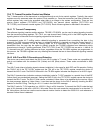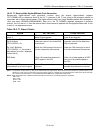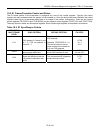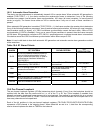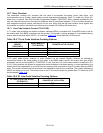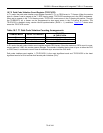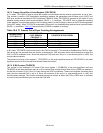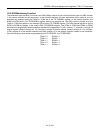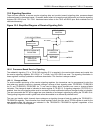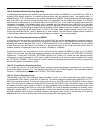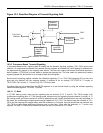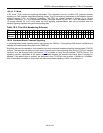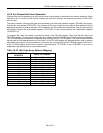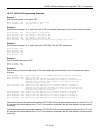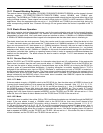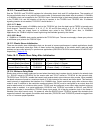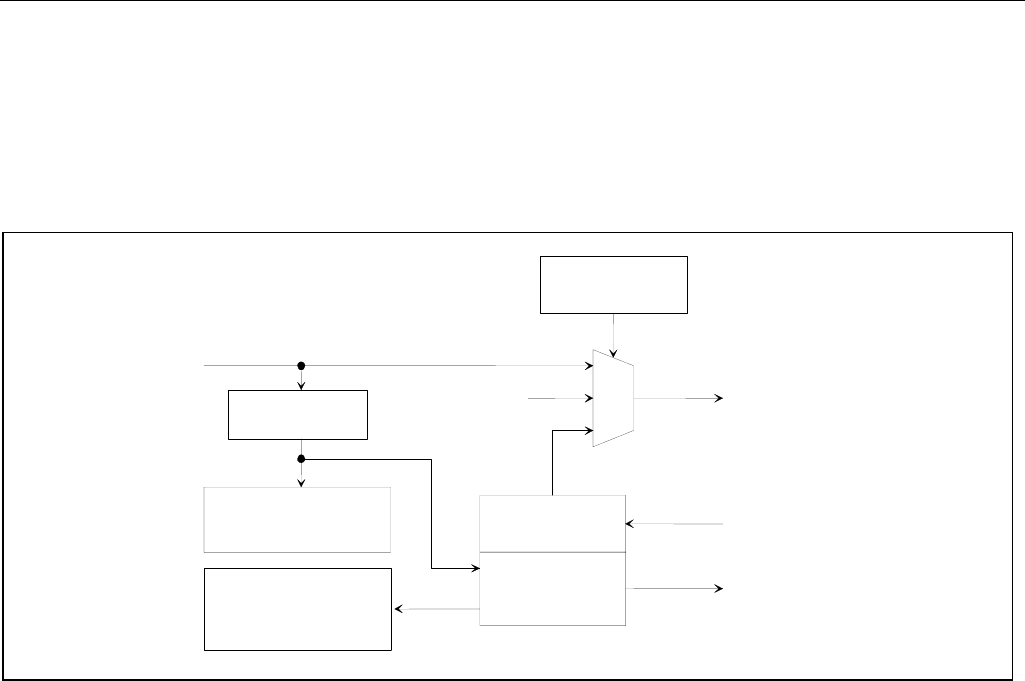
DS33R11 Ethernet Mapper with Integrated T1/E1/J1 Transceiver
82 of 344
10.9 Signaling Operation
There are two methods to access receive signaling data and provide transmit signaling data, processor-based
(software-based) or hardware-based. Processor-based refers to access through the transmit and receive signaling
registers RS1–RS16 and TS1–TS16. Hardware-based refers to the TSIG and RSIG pins. Both methods can be
used simultaneously.
Figure 10-2. Simplified Diagram of Receive Signaling Path
RECEIVE SIGNALING
REGISTERS
CHANGE-OF-STATE
INDICATION
REGISTERS
SIGNALING
BUFFERS
A
LL-ONES
REINSERTION
CONTROL
RSERO
RSYNC
RSIG
T1/E1 DATA STREAM
PER-CHANNEL
CONTROL
SIGNALING
EXTRACTION
10.9.1 Processor-Based Receive Signaling
The robbed-bit signaling (T1) or TS16 CAS signaling (E1) is sampled in the receive data stream and copied into
the receive signaling registers, RS1–RS16. In T1 mode, only RS1–RS12 are used. The signaling information in
these registers is always updated on multiframe boundaries. This function is always enabled.
10.9.1.1 Change-of-State
To avoid constant monitoring of the receive signaling registers, the transceiver can be programmed to alert the
host when any specific channel or channels undergo a change of their signaling state. TR.RSCSE1–TR.RSCSE4
for E1 and TR.RSCSE1–TR.RSCSE3 for T1 are used to select which channels can cause a change-of-state
indication. The change-of-state is indicated in status register 5 (TR.SR1.5). If signaling integration (TR.CCR1.5) is
enabled, then the new signaling state must be constant for three multiframes before a change-of-state is indicated.
The user can enable the INT pin to toggle low upon detection of a change in signaling by setting the TR.IMR1.5 bit.
The signaling integration mode is global and cannot be enabled on a channel-by-channel basis.
The user can identity which channels have undergone a signaling change-of-state by reading the TR.RSINFO1–
TR.RSINFO4 registers. The information from these registers inform the user which TR.RSx register to read for the
new signaling data. All changes are indicated in the TR.RSINFO1–TR.RSINFO4 registers regardless of the
TR.RSCSE1–TR.RSCSE4 registers.



